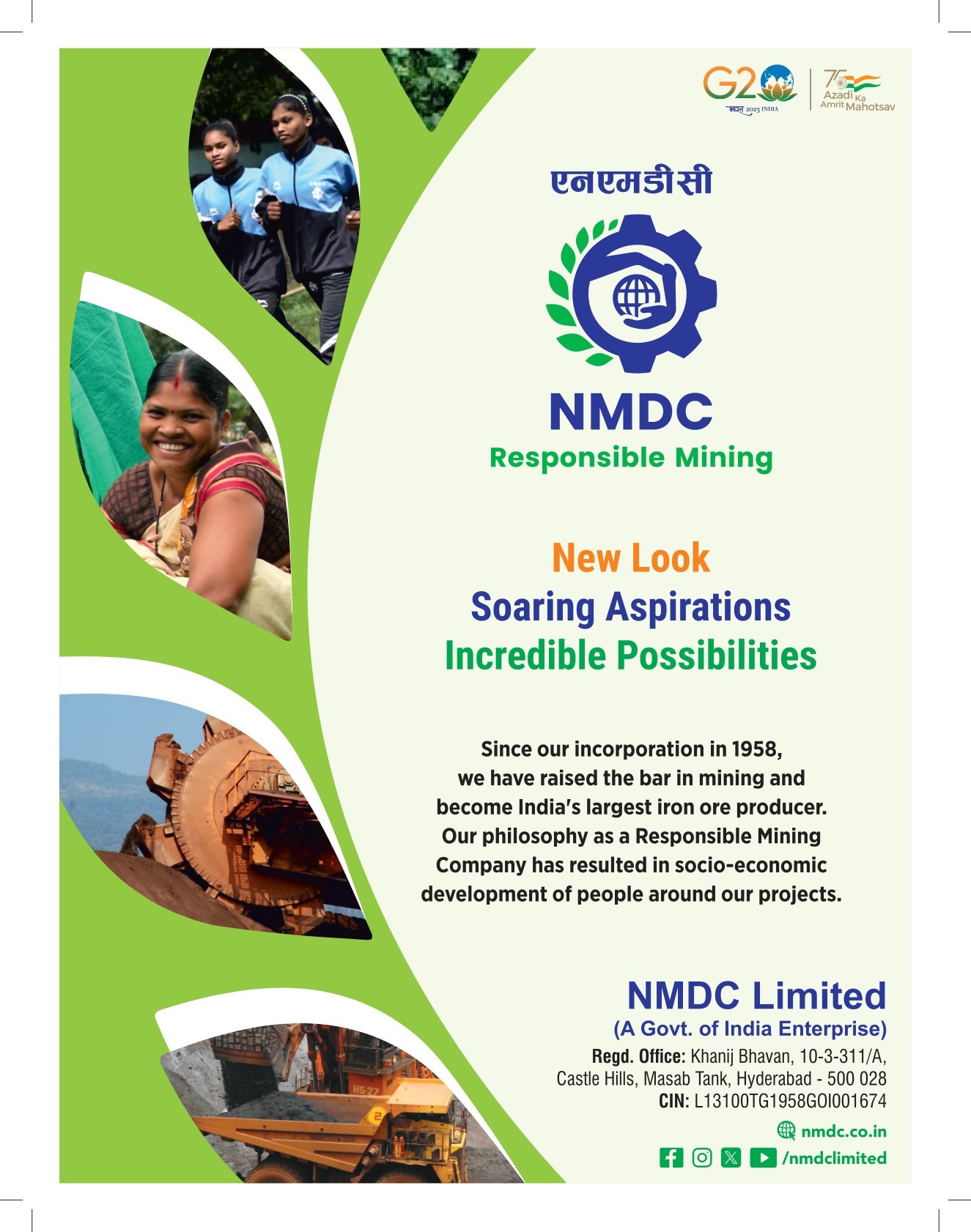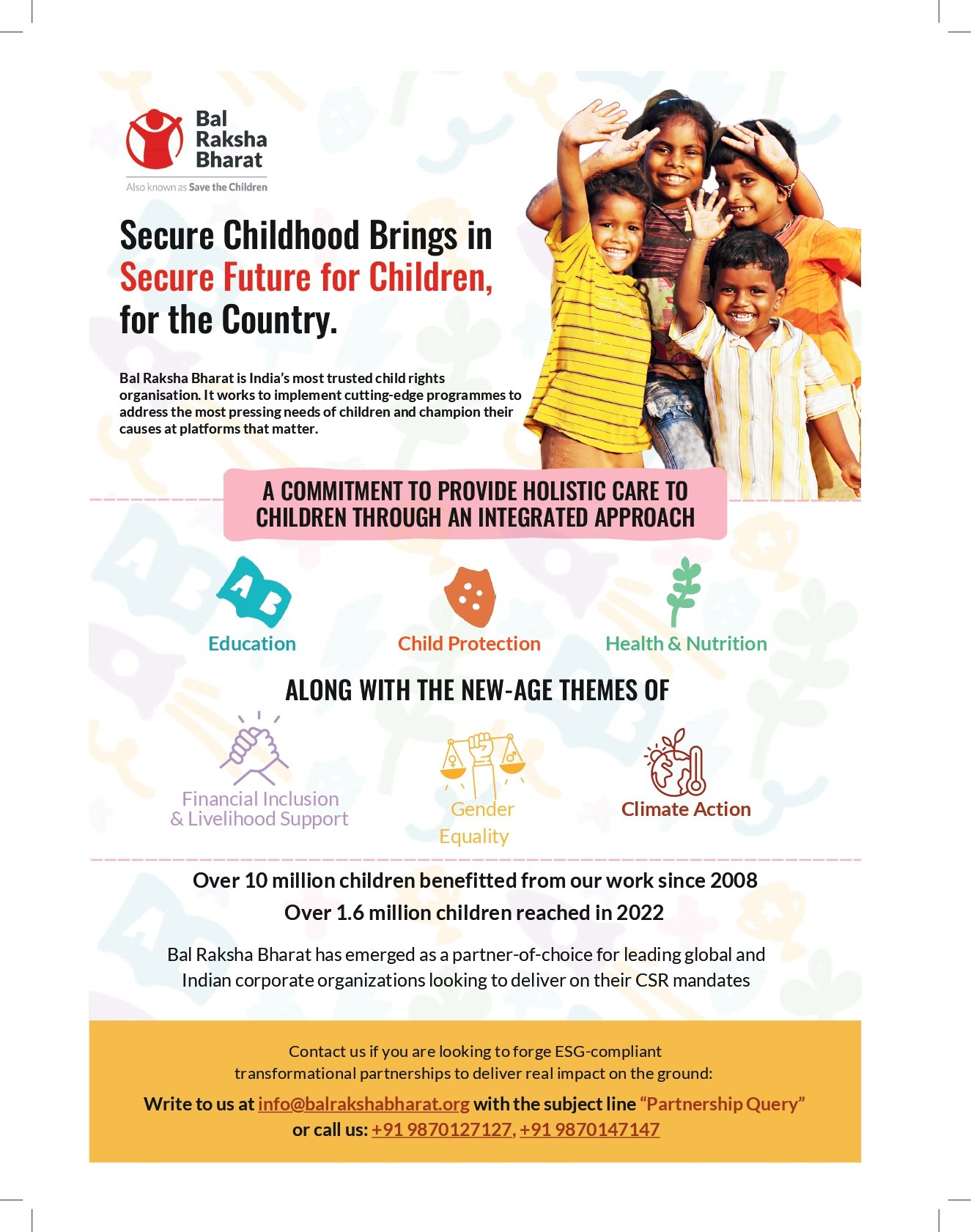
In the landscape of modern Indian society, the concept of old-age homes is undergoing a significant transformation. Traditionally, India prided itself on a reciprocal familial commitment system where ageing parents lived with their adult children, emphasizing the joint family structure. Elders were revered as equivalents of gods, and the cultural ethos of filial piety was deeply embedded in society. However, the fast-changing dynamics marked by modernization, urbanization, increased life expectancy, higher literacy rates, and the migration of younger generations are contributing to a paradigm shift.
Old-age homes, once considered a nascent concept in India, are gaining prominence. This shift is not merely a reflection of societal evolution but is influenced by factors such as exposure to diverse global cultures, a growing desire for privacy, and an increasing inclination toward independence.
Rise of Old Age Homes and the Factors Driving Change
Old-age homes, once a rarity, are becoming more prevalent in response to changing societal dynamics. Factors such as increased life expectancy, advancements in medical science, rising chronic diseases among the elderly, and a desire for independence are contributing to the growth of old age homes. The shift towards nuclear families is particularly notable, with some individuals exploring alternatives to hands-on care for their aging parents.
The elderly, unable to contribute to household work or finances as they once did, can be viewed as liabilities in certain scenarios. This perception may lead to abuse, neglect, or, in extreme cases, abandonment. The underprivileged, lacking financial resources, face additional challenges in providing for the medical care and well-being of the elderly.
Alarming Statistics and the Growing Need for Support
Statistics paint a concerning picture of the elderly population in India. The Technical Group on Population Projections anticipates an increase from 138 million elderly persons in 2021 to around 194 million in 2031. Disturbingly, there are approximately 18 million homeless elderly persons, as reported by the Longitudinal Ageing Survey of India in 2020.
In response to this growing demographic, India currently hosts 728 old age homes, providing various geriatric services, including in-home care, hourly adult care, hospice care, palliative care, assisted living, and nursing homes. However, the availability and accessibility of these services are often skewed, leaving a significant portion of the elderly population without adequate support.
Old Age Homes as a Supportive Option
Old age homes, despite their historical stigma, play a crucial role in providing care, attention, and a supportive environment for the elderly. While the traditional familial structure may no longer be universally sustainable, these homes offer an alternative, ensuring that the elderly receive the care they require based on their needs and concerns.
The shift towards old age homes does not imply a disregard for traditional values or familial bonds. Instead, it represents an adaptation to changing societal needs, providing a viable solution for those who lack familial support or face challenging circumstances. In navigating the challenges faced by the elderly in modern Indian society, it is imperative to acknowledge the evolving dynamics and the role of old age homes. While the traditional joint family system remains an integral part of India’s cultural fabric, the rise of nuclear families, coupled with factors like increased life expectancy and chronic diseases, has necessitated alternative solutions.
Old age homes, once considered a deviation from cultural norms, now serve as vital support systems for the elderly. As India grapples with the demographic shift towards an aging population, there is an urgent need for comprehensive and accessible geriatric care services. Balancing respect for traditional values with the evolving needs of the elderly is key to ensuring a dignified and supportive environment for India’s seniors in the years to come.
Traditional Values and Shifting Dynamics
The traditional Indian family system, characterized by joint families and a strong sense of familial commitment, has long been a cornerstone of Indian society. Elders were central figures, accorded the status of gods, and familial ties were deeply cherished. Ageing parents typically lived with their adult children, fostering a sense of support and interconnectedness.
However, with the advent of modernization and urbanization, there is a discernible shift in societal norms. Many are gravitating towards the nuclear family concept, seeking increased autonomy and privacy. While not universally applicable, a disconcerting trend emerges where some individuals, driven by personal interests, are abandoning their elders, particularly in the face of the responsibilities associated with caring for aging parents. In this evolving landscape, the rise of old-age homes stands as a reflection of shifting societal dynamics and changing family structures. These homes, once a novelty, are gaining prominence, driven by various factors that mark the changing fabric of Indian society.
- Empowered Care: Old-age homes offer a comprehensive solution to the challenges faced by the elderly in modern Indian society. They provide specialized care, attention, and a nurturing environment for residents, ensuring their needs are met and their well-being is prioritized. With trained caregivers who understand the complexities of health issues like dementia care and communication strategies, these homes create a supportive ecosystem for individuals with specific needs like dementia.
- Healthcare and Emotional Support: Within these homes, there’s a concerted effort to ensure the emotional well-being of residents and their families. Emotional support, counselling, and the creation of inclusive atmospheres are integral components of their approach. Additionally, healthcare monitoring and collaboration with medical professionals are emphasized, ensuring prompt attention to any medical concerns that may arise.
- Respect and Autonomy: The core ethos of these homes lies in upholding residents’ dignity and autonomy. Residents are involved in decisions to promote independence and a sense of control in their daily lives.
- Comfortable Environment: Creating a safe, comfortable, and familiar environment is pivotal. Measures are taken to minimize confusion and provide a calming atmosphere, which becomes especially crucial for individuals living with conditions like dementia. Wheelchair accessibility and safety protocols are ensured for the well-being of all residents.
- Adaptive Technologies and Nutritional Care: Old-age homes employ adaptive technologies like music therapy and reminiscence therapy to enhance residents’ quality of life. Nutritional support is also given utmost importance, ensuring a balanced and nutritious diet, addressing specific dietary needs, and handling challenges related to conditions like difficulty swallowing.
- Preservation of Traditions: While these homes represent an alternative to traditional family care structures, they don’t disregard the significance of familial bonds or traditional values. Instead, they adapt to the changing needs of the elderly population, providing a supportive and dignified environment in line with evolving societal dynamics. The emergence and evolution of old age homes in India signify a profound transformation in how society addresses the needs of its elderly population. As India grapples with demographic changes and the challenges posed by an aging population, these homes play a crucial role in providing comprehensive and empathetic care, ensuring the well-being and dignity of seniors in their later years.



































